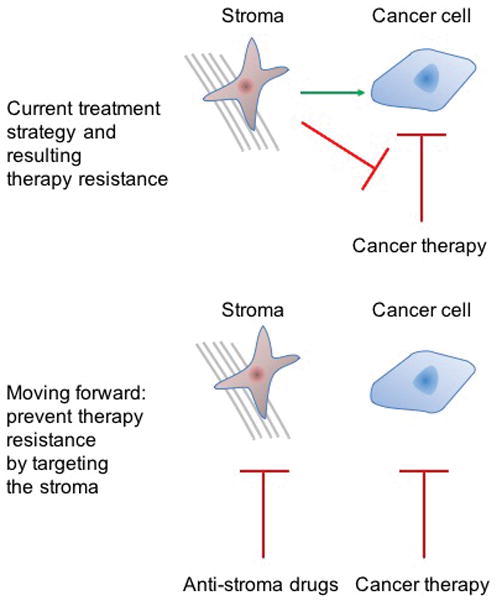Figure 3. Targeting tumour stromal cells in addition to cancer cells.

a | Currently, most antitumour therapies target and eliminate cancer cells, and are not design to directly affect the tumour stroma. b | However, tumour recurrence can result from the interactions of the tumour stroma with both cancer cells and anticancer therapies. Through its interaction with cancer cells, the stroma promotes the hallmarks of cancer and can induce a therapy-resistant phenotype. Through its direct interaction with anticancer therapy, the stroma can prevent the action of such therapies on cancer cells. (FIG. 2). c | We posit that, in addition to targeting cancer cells, anticancer therapeutic strategies should include methods to target and constrain the stroma, or to revert it to a tumour-suppressive state.
